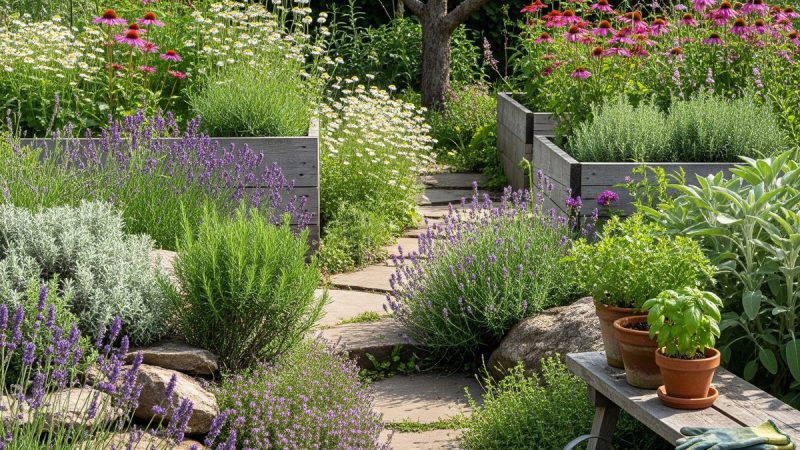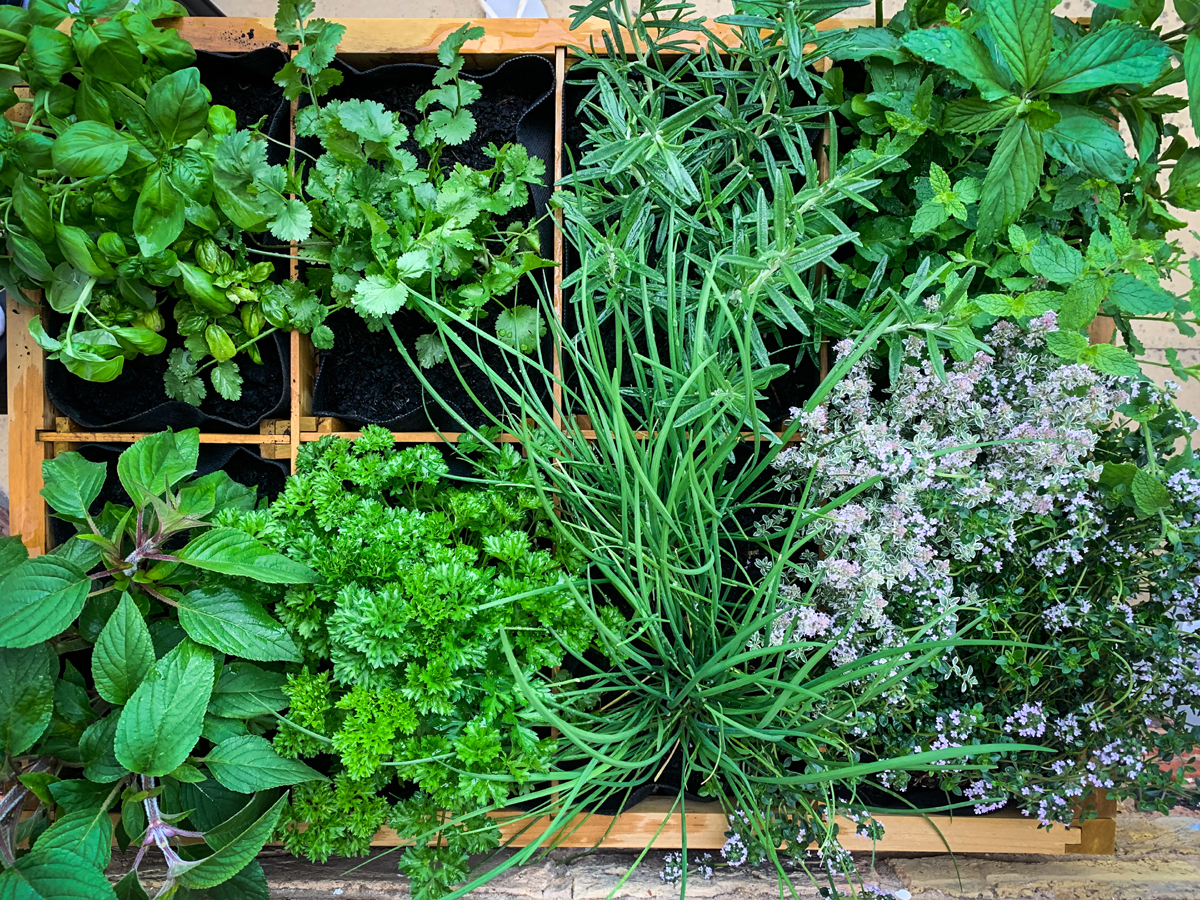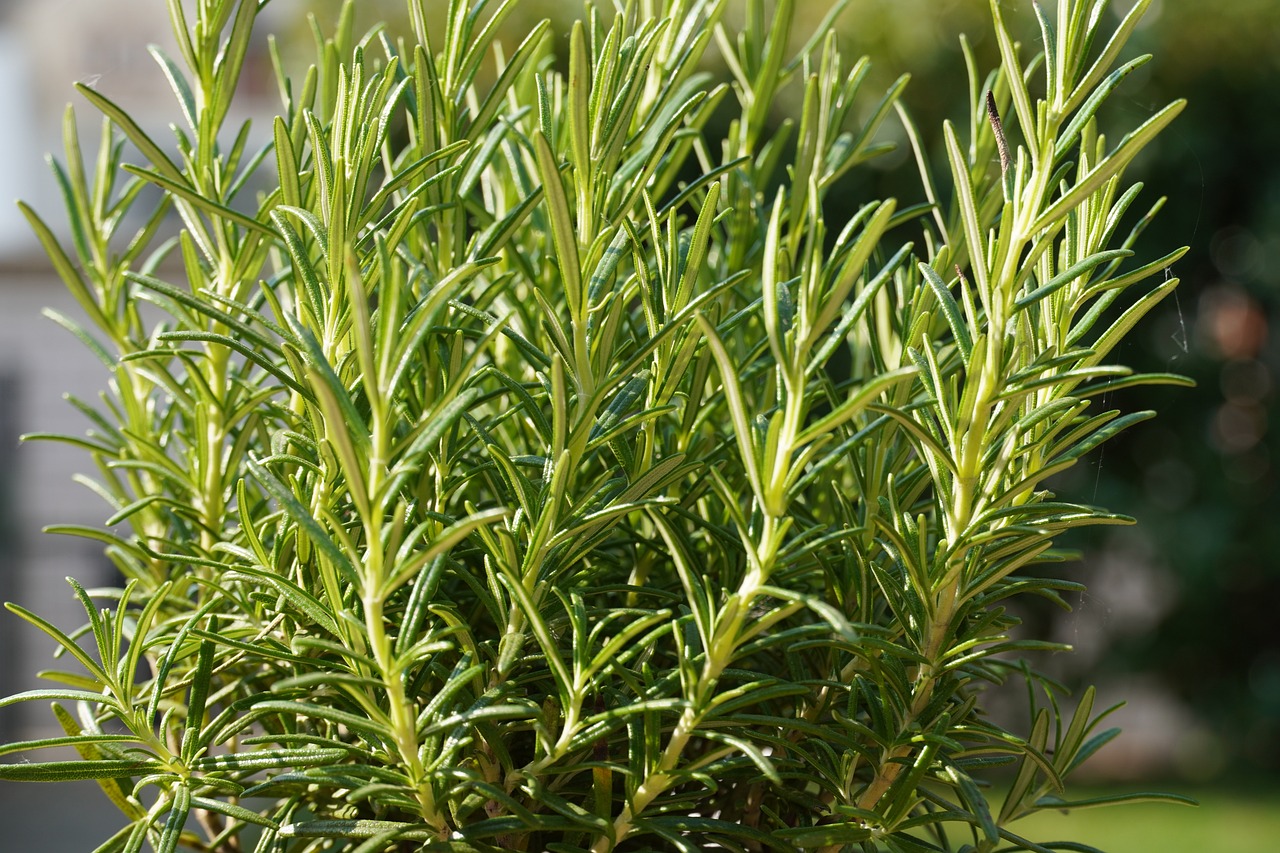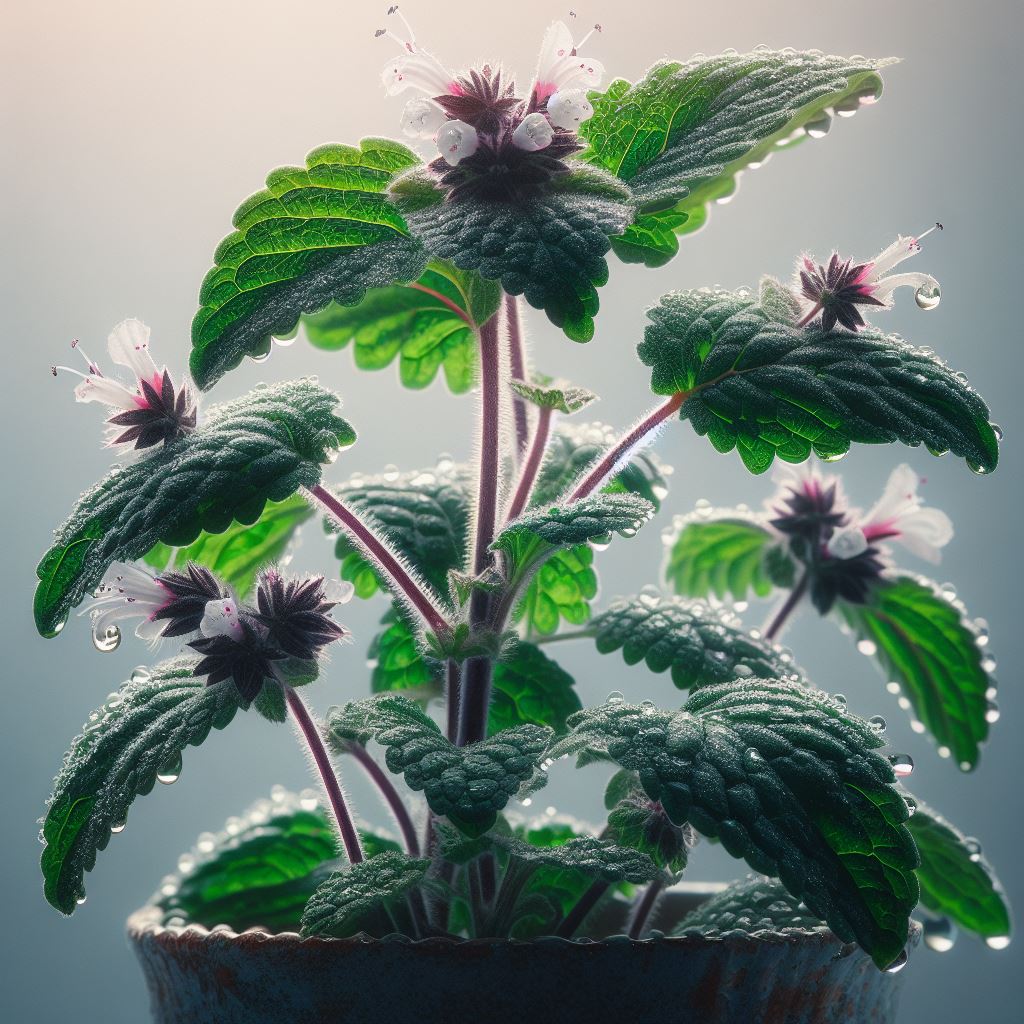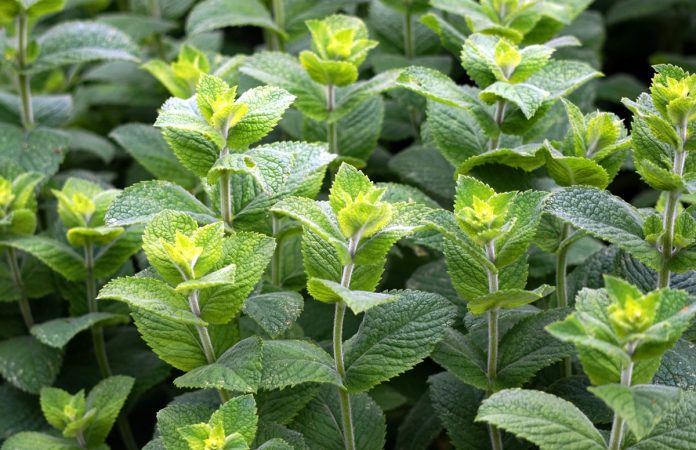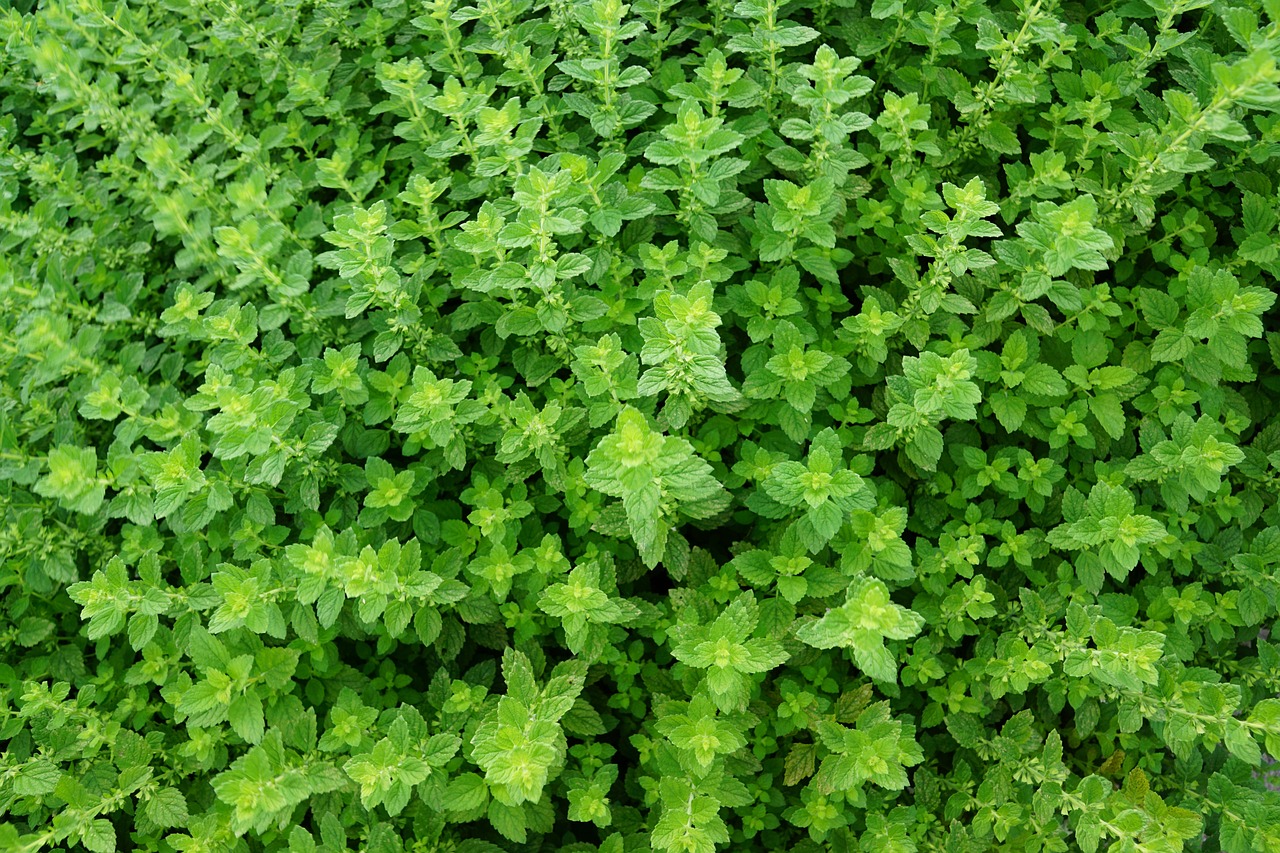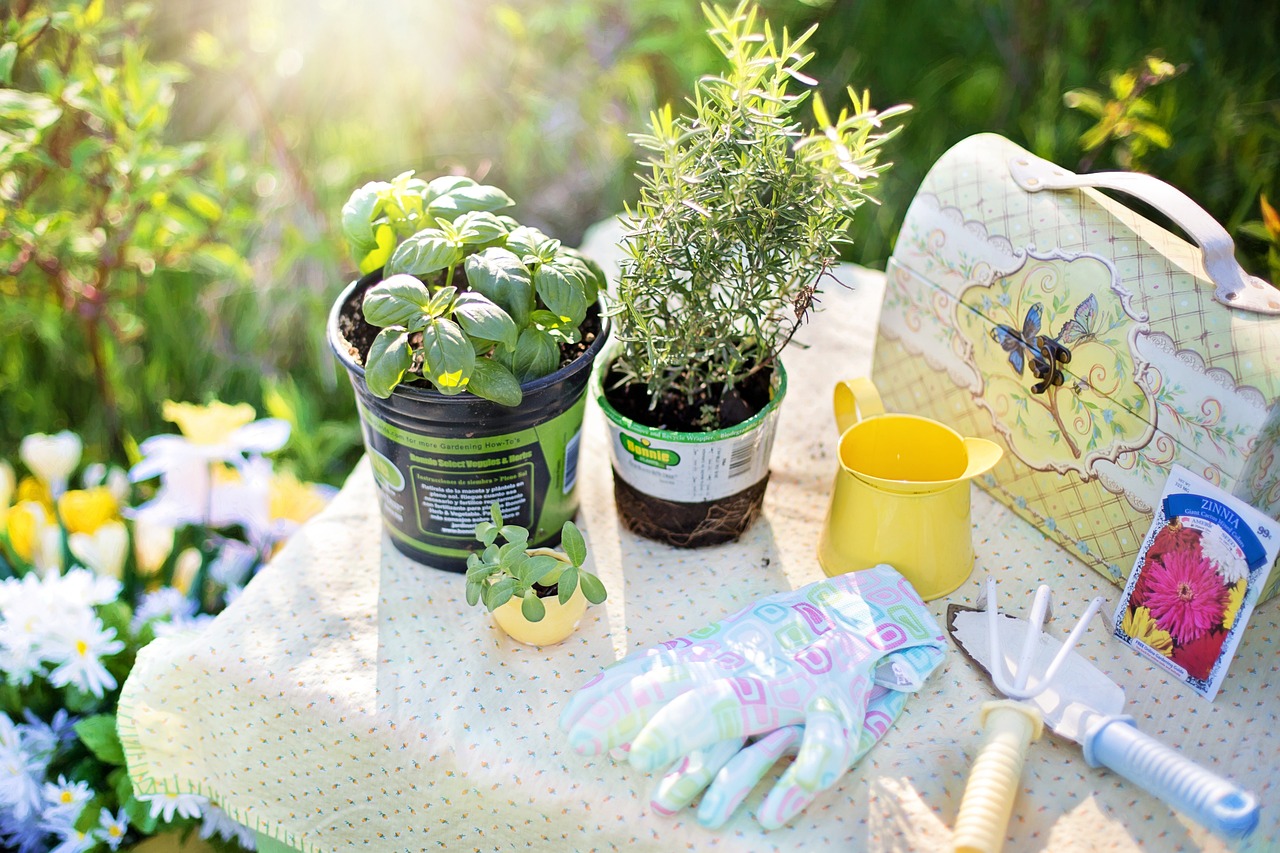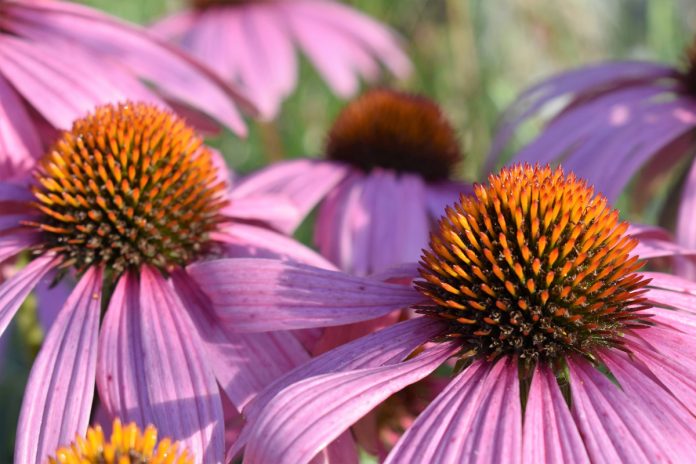Thyme: Growing, Harvesting and Making Herbes De Provence
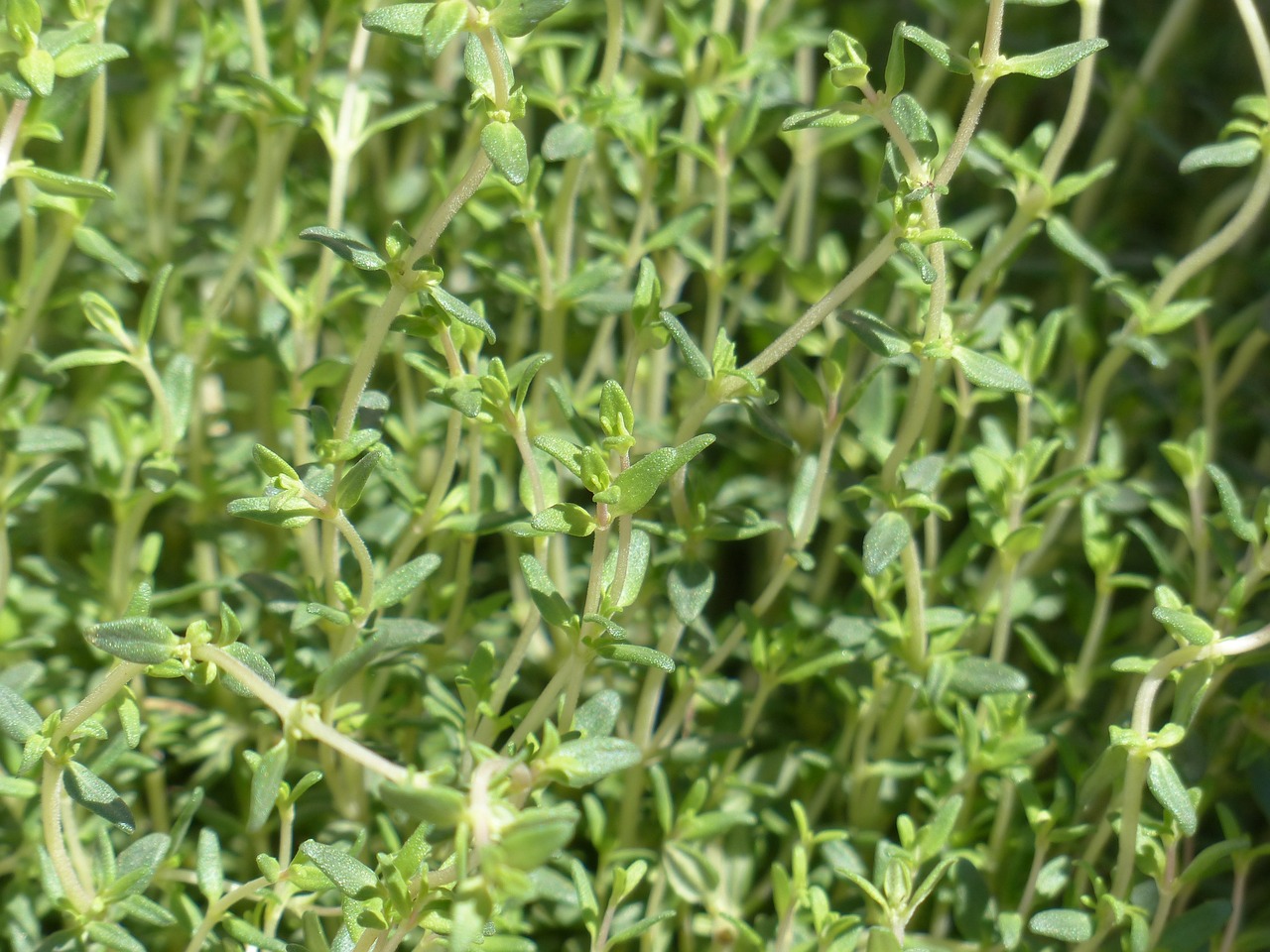
With such a long history behind it, this is one herb that any gardener would love to grow! As if that was not enough, there are many different varieties of thyme, all with different benefits.
Some of the more common ones include:
Garden Thyme (Thymus vulgaris) This is the most delicious culinary variety. A great herb for people who want to grow a herb that can be used with almost any kind of cooking.
Lemon Scented Thyme (T. citriodorus) is the best aromatic variety (Lemony!). It also has a great taste too.
Caraway Thyme (T. herba-barona) is another great-tasting culinary herb. it combines the best of the above two herbs with a good flavor and a great smell.
Woolly Thyme (T. pseudolanuginosus) is definitely not the one for your dinner plate. However if you are looking for a great, thick herb for cover the ground, it will serve that purpose admirably.
Growing Thyme in a Herb Garden
Most gardeners consider thyme to be one of the easiest herbs to grow. there are a number of reasons for this:
* It lasts for a long time and comes back year-after-year
* It is a tough herb and can survive even drought and low temperatures. Thyme has been found growing high up mountains, so it can handle almost any kind of garden.
* Its fantastic flavor.
* Most recipes use a lot of thyme, so little is wasted
* It is easy to propagate the herb by cuttings/ seeds.
* Most cooking styles have thyme recipes
* The flowers are attractive to bees.
The use of thyme was first documented by the Ancient Egyptians hence it grows best in hot, sunny places and needs lots of drainage. The good news is that they can grow almost anywhere: even dry, lifeless soils. The great news is that it requires minimal maintenance, it almost grows itself, so you can more or less leave it to its own devices! It can also be grown in a pot easily, using an artificial light source. Just make sure to control it as it has a habit of growing out of control!
After 2 months or so, you can start making cuttings. At this time you want to be careful not to let any flowers bloom. If you see blooming flowers, these should immediately be cut off. Flower growth can divert precious resources that are better used for growing edible bits, so cut as quickly as possible.
Cooking with Thyme
The best part about thyme is its versatility, so prepare to enjoy it with almost any savory food you like. As it has a strong flavor, most people eat it with lamb or beef, however there are some great recipes for chicken and duck too.
Herbs de Provence
Herbs de Provence is one of France’s best kept culinary secrets. For this you will need to hang your thyme upside down in a warm, dry room (70-80 degrees) until it goes dry and can be crumbled easily. This can be sped up using an oven (3-4 hours) or a microwave (3-4 minutes!). Take this dried herb and mix it with savory, fennel, basil, thyme, and lavender flowers and it goes great with stews and grilled meat. If you have the other herbs in your garden you can soon be enjoying this great taste combination.
>>Tips for Growing Thyme: History, Remedies, and Uses
The Author:
John Charleston is an herb expert.
Photo. Hans

